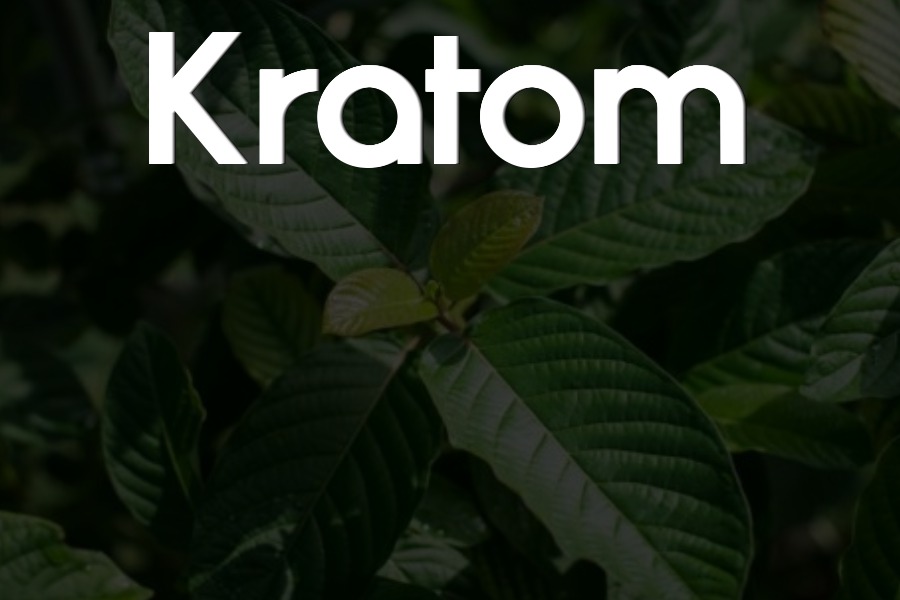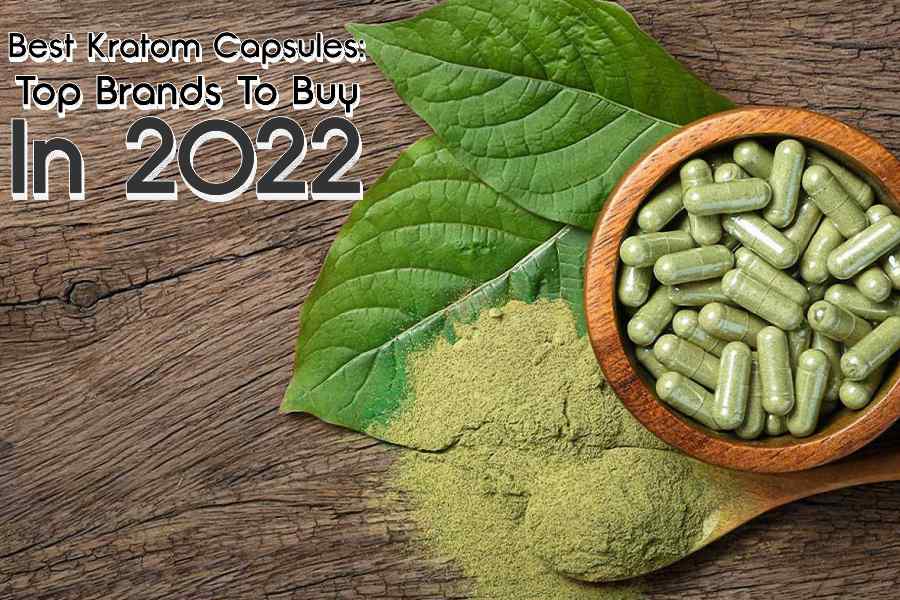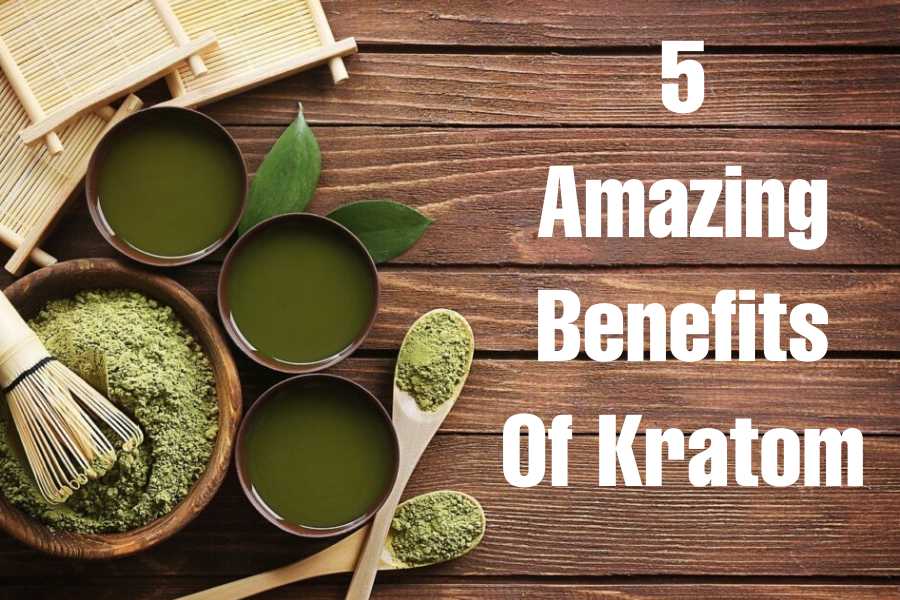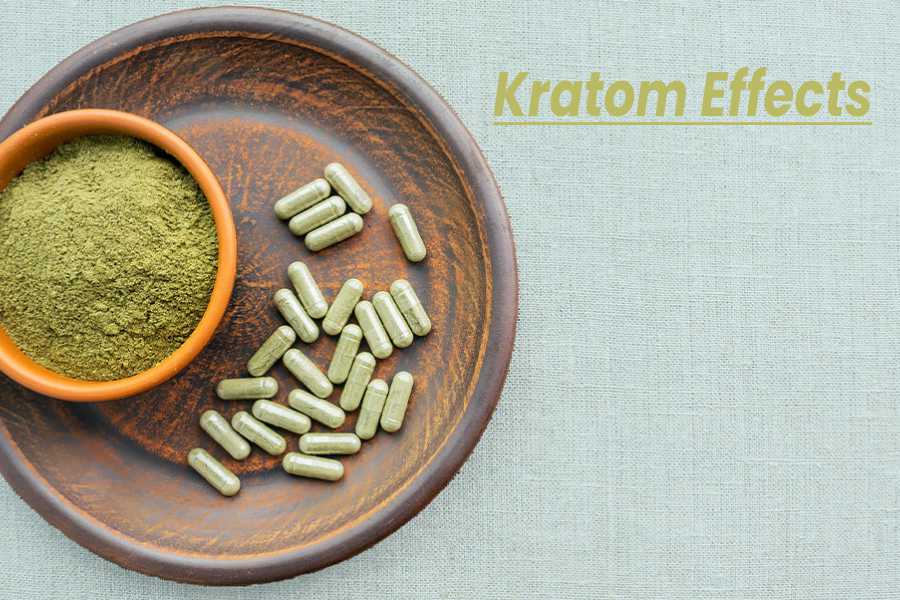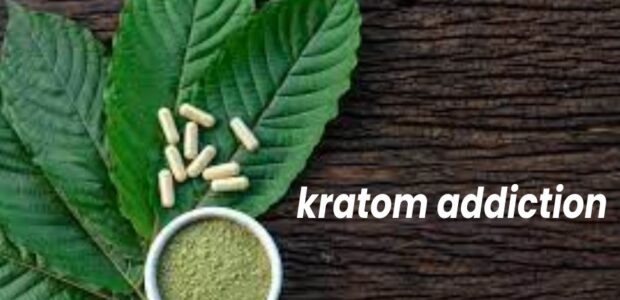
Kratom poses severe health and safety concerns that include the potential for addiction, overdose, and death. People who regularly abuse Kratom often require addiction treatment.
However, in Southeast Asia, Kratom has long been use as a pain killer, an anti-diarrhea medicine, and a recreational drug.
It is derive from a tropical evergreen tree native to Southeast Asia, including countries like Thailand, Malaysia, Indonesia, and Papua New Guinea.
Kratom is a natural botanical substance use in the form of an herbal supplement. It may also appear in powder and tablet form and is sometimes sold as a dietary or nutritional supplement or incense. In addition to this, Kratom’s effects are similar to those of opioid drugs like morphine and heroin.
Although Kratom has been use to remedy opioid addiction, it can be addictive and may lead to relapse. While there have been moves in the U.S. to ban Kratom, many proponents of its users find that it has value for many different reasons.
At the same time, there has been a great deal of opposition to Kratom’s use in the U.S., and it’s still a hotly debate topic.
What Is Kratom?
Kratom (Mitragyna speciosa) is a botanical substance derived from a tropical tree native to Southeast Asia. The tree leaves have psychotropic elements that cause a high when ingested.
Pills, capsules, or extracts are the most common ways to consume kratom. Kratom leaves can also be chewed, brewed as tea, smoked, or eaten when mixed into food.
Street Names for Kratom
- Ketum
- Kakuam
- Biak
- Thom
- Ithang
When used in small doses, Kratom acts as an effective herbal stimulant or form of pain relief. People in Southeast Asia use kratom to treat mild symptoms of discomfort, such as pain, cough, fatigue, and diarrhea.
In recent years, however, people in the United States have increasingly been misusing kratom for the high it can produce.
Is Kratom Addictive?
Kratom is an herbal extract made from a tree native to Southeast Asia called the Mitragyna species.
The leaves contain a compound with mind-altering (psychotropic) effects on the brain. In the early 2000s United States was first reported its uses.
Today, federal agencies are reporting more incidences of abusing the drug.
Why Do People Take Kratom?
Kratom is an Asian botanical, traditionally used for pain and purchasable over the internet.
Its primary alkaloid is mitragynine, an atypical partial mu-opioid receptor agonist with analgesic effects. Based on animal studies, kratom poses lower respiratory depression and abuse risks than classical opioids.
When large amounts of kratom are taken, opioid-like effects may occur:
- Feelings of joy
- Sedation
- Decreased pain
Smaller doses of kratom are known to deliver more stimulant-like effects on the brain:
- Increased energy
- Alertness
- Increased sociability
Supporters of kratom believe the supplement is a natural way to increase energy, enhance mood, reduce pain, and even ease the distress of opioid withdrawal.
When used by healthy people in small doses, these claims may be valid.
However, medical and substance abuse professionals warn against experimenting with kratom, as it can be both unsafe and ineffective.
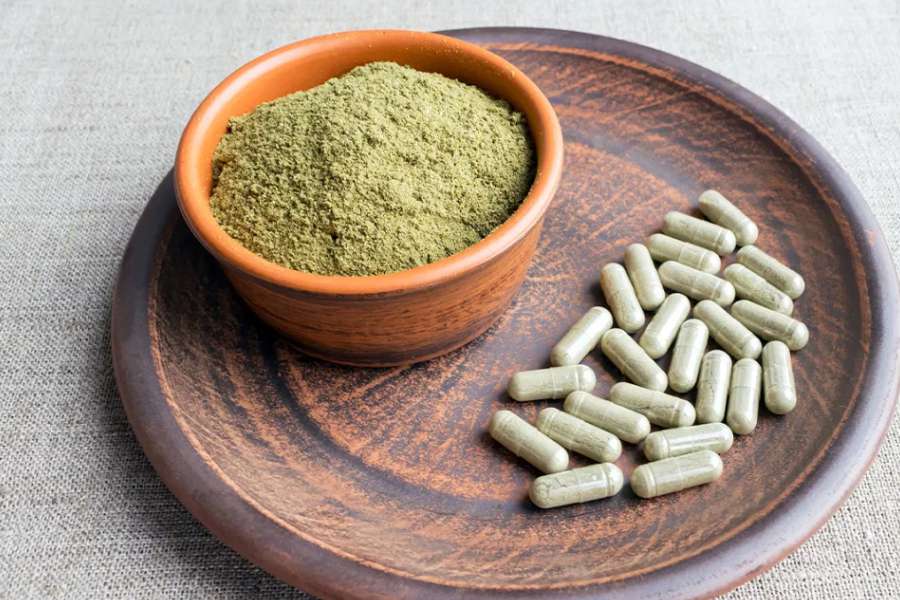
Kratom Addiction: Signs, Symptoms, and Treatment
Kratom is a substance that originates from a Southeast Asian tree leaf and contains compounds that have a mind-altering effect. Depending on the amount, kratom and its leaves can act similarly to Opioids and Stimulants.
Due to the opioid- and stimulant-like effects, it is possible to become addicted to kratom. It targets the enjoyment and reward centers of the brain that cause addiction.
Drug Enforcement Administration (DEA) acknowledges that long-term use of kratom can lead to these signs of addiction:
- Mental confusion
- Delusions
- Hallucinations
- Eating disorders
- Weight loss
- Insomnia
FDA believes that kratom puts people at risk for addiction, dependence, and abuse because it affects opioid receptors in the brain.
That’s why FDA has not approved kratom for any use.
FDA stresses that more research is needed to fully understand the safety of the drug and the risks associated with consumption.
Kratom Withdrawal Symptoms, Duration, Detox & Treatment
Kratom (Mitragyna speciosa) is a tree-like plant that grows in Southeast Asia. It contains more than 20 biologically active compounds, although mitragynine and 7-hydroxy mitragynine are the most well-studied.
Kratom triggers different neurotransmitter pathways in the brain and spinal cord with the help of these chemicals. Because of these multiple activities in the brain, kratom intoxication has several distinct effects that depend on the number of drugs ingested.
Low doses of kratom usually have stimulant effects similar to amphetamine. These effects include:
- Less fatigue and increased energy.
- Greater alertness.
- Reduced appetite.
- Increased sex drive.
- Improved sociability.
- Agitation.
- Anxiety.
- Tremors.
- Impaired coordination.
Higher doses of kratom elicit more opiate-like effects in users, similar to those of narcotic drugs such as morphine or oxycodone. These effects include:
- Euphoria.
- Sedation.
- Reduced pain.
- Cough suppression.
- Constipation.
How Kratom Addiction Affects Your Life: Short Term, Long Term & Side Effects
Kratom changes your natural brain chemistry. It changes how you feel pleasure while providing a high. As a stimulant, kratom also delivers some opioid-like effects at high doses. So using too much also causes morphine-like effects.
Using kratom regularly causes semi-permanent and possibly permanent brain changes with various effects. However, if you stop using the drug, you feel the adverse effects of withdrawal.
Those ill feelings push you back into using more of the drug to feel better.
Withdrawal symptoms after kratom addiction include:
- Runny nose and tremors
- Fatigue, insomnia, and confusion
- Muscle or bone pain
- Nausea and constipation
- Aggression, hostility, and psychotic symptoms
- Anxiety and depression
Treatment for Kratom Addiction: Rehab for Kratom
The FDA hasn’t backed any medications specifically to treat Kratom addiction.
However, some therapies can be used to help with recovery from addiction.
An example is behavioral therapy. It is an approach that involves helping to identify the thoughts and behaviors that continue the drug abuse.
In addition to this, a behavioral therapist can also teach how to deal with intense cravings for the drug.
- Dysphoria (sense of unease or impending calamity).
- Nausea.
- Itching.
Kratom Detox and Tapering: Suboxone Treatment for Kratom Dependence
Removing the drug can have harmful or even dangerous physical and psychological withdrawal symptoms. Your brain can become dependent on psychoactive substances such as Kratom.
Weaning or tapering off of opioid-like substances such as Kratom is effective under the supervision of medical professionals. Weaning refers to the gradual decrease of the ingested dosage of the drug to rebalance brain chemistry over time rather than suddenly.
In addition to this, Suboxone and therapy and natural alternatives can help you detox naturally or with the help of a prescription drug.
Suboxone for Opioid Addiction, supplements and IV Therapy Detox for Alcohol and Drug Addiction can also be beneficial for managing withdrawal symptoms and preventing drug cravings.
What’s Involved in Kratom Addiction Treatment?
Like any substance use disorder, Kratom addiction can be treated with a personalized recovery program that addresses your individual needs.
Effective addiction treatment involves a multidisciplinary approach to address medical, psychological, and social needs.
When you enter an addiction treatment program, you’ll go through a clinical and medical assessment to determine the appropriate level of care.
You may also like – Kratom Capsules: Everything You Need To Know
Final Thought About Kratom Addiction
Kratom (Mitragyna speciosa) is a substance that has the potential to lead to addiction and dependence. As this substance has addictive side effects and has been connected with causing deaths and overdose, there are severe medical concerns over its safety.
Because the manufacture and sale of the substance aren’t highly regulated, it’s challenging to say the substance is safe to use.
The U.S. Drug Enforcement Agency evaluates the drug for potentially adding it to its drug schedules list.
